Nobody said racing is fair.
As someone who is generally trusting, I don't think that my fellow GLTC competitors are cheating. Yet, there can be such a speed discrepancy across the field that it feels like we are multi-class racing.
Is that because the rules are unfair? Is it because I haven't spent enough money optimizing my car? Is it because I am missing fundamental setup knowledge? Worse yet, is it because I suck at racing? Realistically, the answer is probably a bit of each of these things, with a hard-to-swallow dose of the latter.
And even if the rules and my car were flawless, there would still be drivers with more experience, more resources, and sharper skills than mine. That's the nature of competition.
Growing Pains
I spent my rookie racing season (2024) largely uncompetitive, with occasional lucky breaks putting me in the top half of the field. Being new to wheel-to-wheel racing helped me cope with those results.
This season, I feel like I am finally catching my stride. I'm more comfortable in the car, more confident in my race craft, and actually racing my way forward in the field. But as my skills have progressed, so has my frustration with the rules, with my car, and with how my car fits into the rules. These frustrations often serve as convenient scapegoats, but I've also heard the same complaints from more skilled racers with similar cars. That tells me it isn't just in my head.
GLTC caters to a wide variety of cars, using a concise set of preparation and balance rules to equalize them. The whole competition balance and tire charts fit on 4.5 pages, and the rest of the eligibility rules are just seven more. It's a simple system, but simple rules only work when they provide ample clarity and data-backed parity.
Nobody wants a bloated, 200-page SCCA-style rulebook, or NASA-style bans on common mods. However, the current GLTC rules often favor "edge case" builds over well-sorted but more "typical" race cars[1].
The rules should not cater to every single oddball car that is brought to the field. ↩︎
Polar Ends of BoP
If you want to run up front, you usually need one of the extremes:
Top End of BoP Scale[1]
- At least +15% Modifier
- 260whp (detuned from 400+)
- 3800lbs
- Huge flat powerband, rarely shifting
Low End of BoP Scale[2]
- -5% to -7% Modifier
- 199whp "natural"
- 2450lbs
- Custom gearing, constantly shifting to stay in powerband
My car doesn't fall into either extreme. It has a natural N52 powerband with no manipulation, and it struggles under the current rules. Maybe that makes me a fool for trying to stick to the spirit of the rules—but here we are.
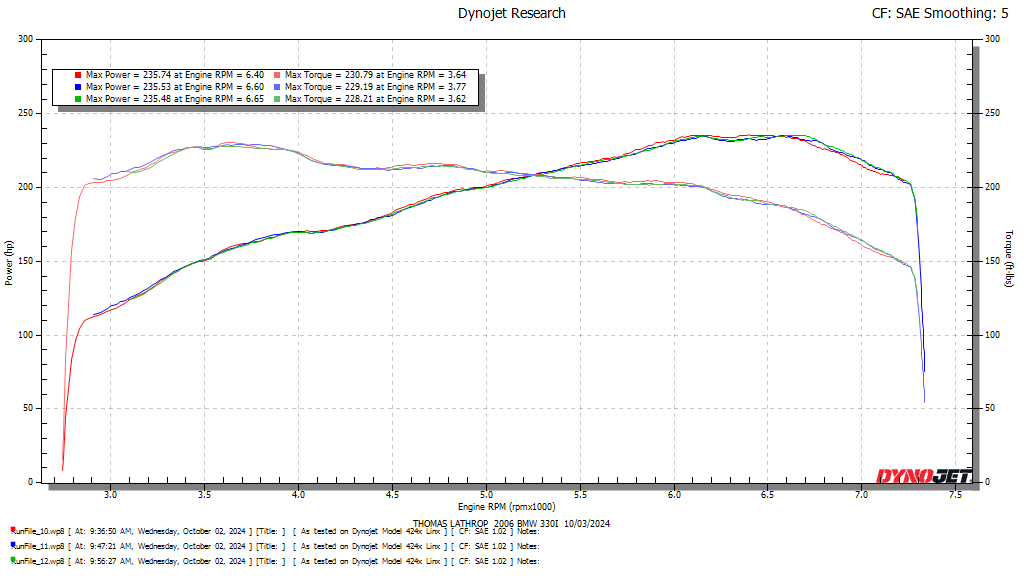
Compliance & Grey Areas
With 40-50 car fields and quick turnarounds, compliance checks can be challenging. When full-field impounds do occur, a surprising percentage fail; weight, power, aero, tire size - you name it. There is a car that has failed on the dyno something like 10 out of 12 compliance checks.
Our competition claim forms and dyno sheets are hidden. There is no way for anyone to know what the next person is running, or claiming to run, so there is not much citizen police work going on in the series.
I don't believe there's rampant malicious cheating, but there is a lot of rule "gamification." Some even say it's encouraged. The rulebook leaves room for interpretation: for example, the term "flat" power is used literally with quotation marks, but it is never defined. Cars exploited this by delicately shaping their power curves to never be truly flat (i.e., a perfectly horizontal line), until it was quietly cracked down upon mid-season. No public notes, just whispers.
It makes the system feel opaque, and that erodes trust.

Tire Rules & Blind Spots

There are oddities in the rules that are so obvious they can't be considered exploitation. Take a look at the tire size allowance chart. The scaling appears arbitrary. The first tiers allow +10mm tire width in neat 125lb steps, but then the steps change to 325lbs, 200lbs (for +20mm), and 300lbs.
The bigger gap is for underweight cars. If 125 lbs = 10mm of tire, then a 2450lb car should be on 225s. Instead, a 2200lb car can legally run 245s. With the rule that allows stagger "averaging," a lightweight FWD car can run a 265 front / 225 rear setup, plus take the –1% FWD bonus. All legal, but it stacks up fast.
These quirks don't make racing impossible, but they certainly shape who ends up at the front.
Trying to Solicit Change
Many of us have presented constructive feedback—with data, examples, even votes. Sometimes the ideas are acknowledged, sometimes they are debated, sometimes they are ignored. Years ago, GLTC racers voted to make dyno sheets and competition forms public. It never happened.
GLTC competitors generally seem to favor using an average horsepower calculation, rather than the arbitrary and subjective charts that have been used for years to balance everything from a 1.8L turbo four-cylinder to a 7.0L eight-cylinder.
With no public competition form visibility, secretive and subjective interpretation of dyno sheets, and limited ability to parse and analyze competitors' data, how can competitors propose fair solutions?
Should it even be necessary for competitors to actively petition for change if the sanctioning body prioritizes fair competition? Then again, with the same handful of "usual suspects" putting on great battles for the live stream, maybe parity deeper in the field doesn't matter.
As a resoundingly average mid-pack racer, I'm not sure I want to know the honest answer.
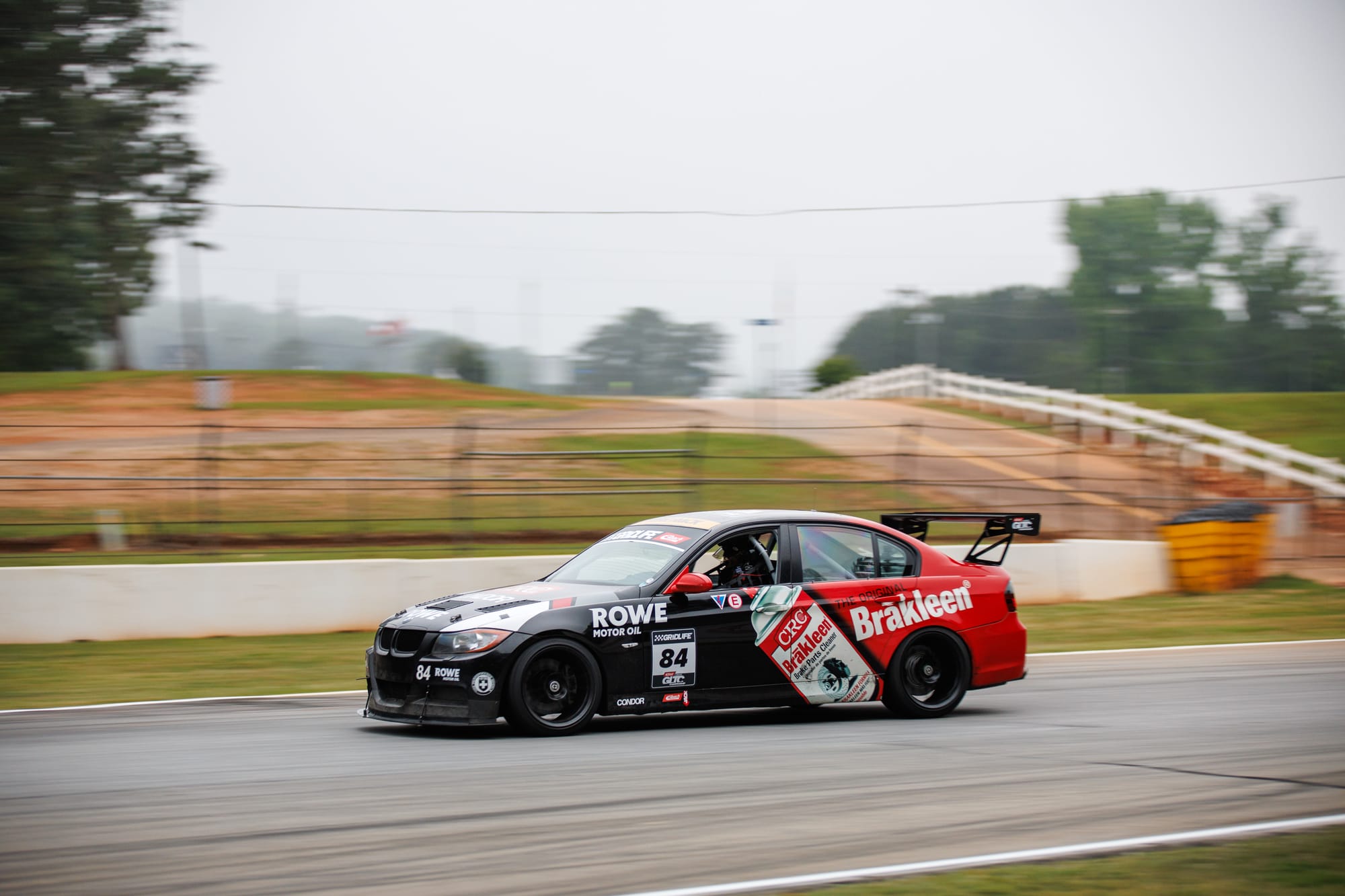
Somebody Will Always Do More
Rules aside, racing in GLTC is challenging because of the depth of competition and talent. Many GLTC racers are national champions, former pro drivers, expert builders, or a combination of all three! Even if the rulebook were perfect, I'd still be up against people one-upping me in almost every way:
- You buy new tires, they bring two or three sets.
- You run 10 weekends, they run 20.
- You train four hours on the sim, they train twelve.
- You review 15 minutes of data, they review an hour.
- You make three setup changes, they make six.
And no matter what you spend, someone else spends more. A lot more.
This isn't discouragement, it's motivation. I get to race against some of the best-prepared and most dedicated amateur drivers in the country. That's a privilege, even if it means I stand mid-pack.
Accepting a Harsh Reality
I know I'm an average driver. My car is capable, but not a perfect fit for the rules. GLTC's balance is better than ever, but still imperfect. And plenty of racers around me are simply outworking me.
So my reality is this: I can only control my own prep and performance, but I can't control the result. If I drive my best and my car is the best I can make it, then whether I finish P25, P15, P5, or P1 doesn't change the effort I put in, nor the enjoyment I experience. Simply by saying that, it may prove I'm not cut out to win.
Yes, the rules still need work. But even if they were perfect, there will always be drivers who are faster, smarter, or simply doing more. That's the reality of GLTC, and honestly, that's what makes it worth showing up.
As for this season's points leaders? They happen to drive cars that perfectly mirror the two polar extremes of the rulebook.
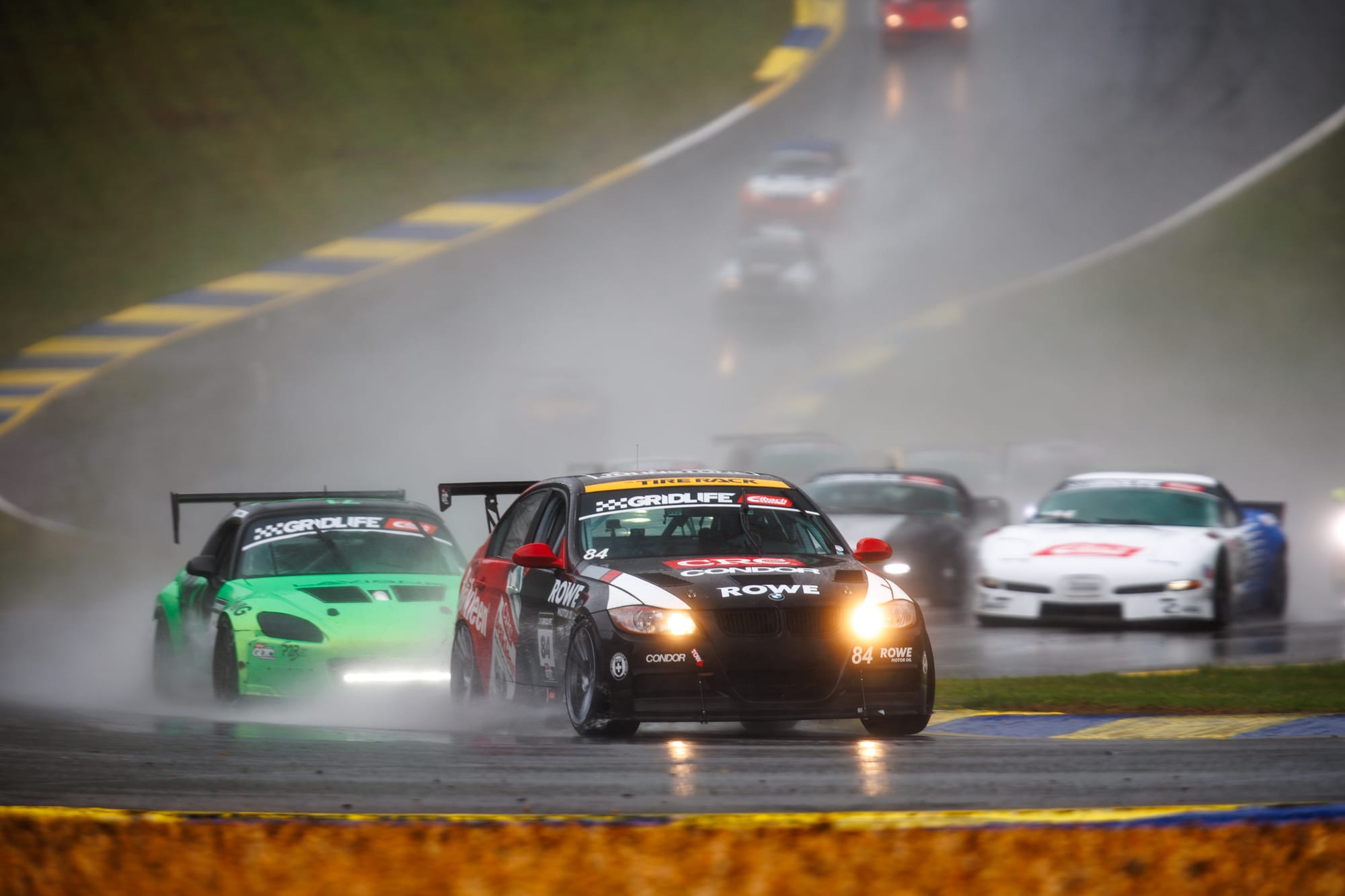


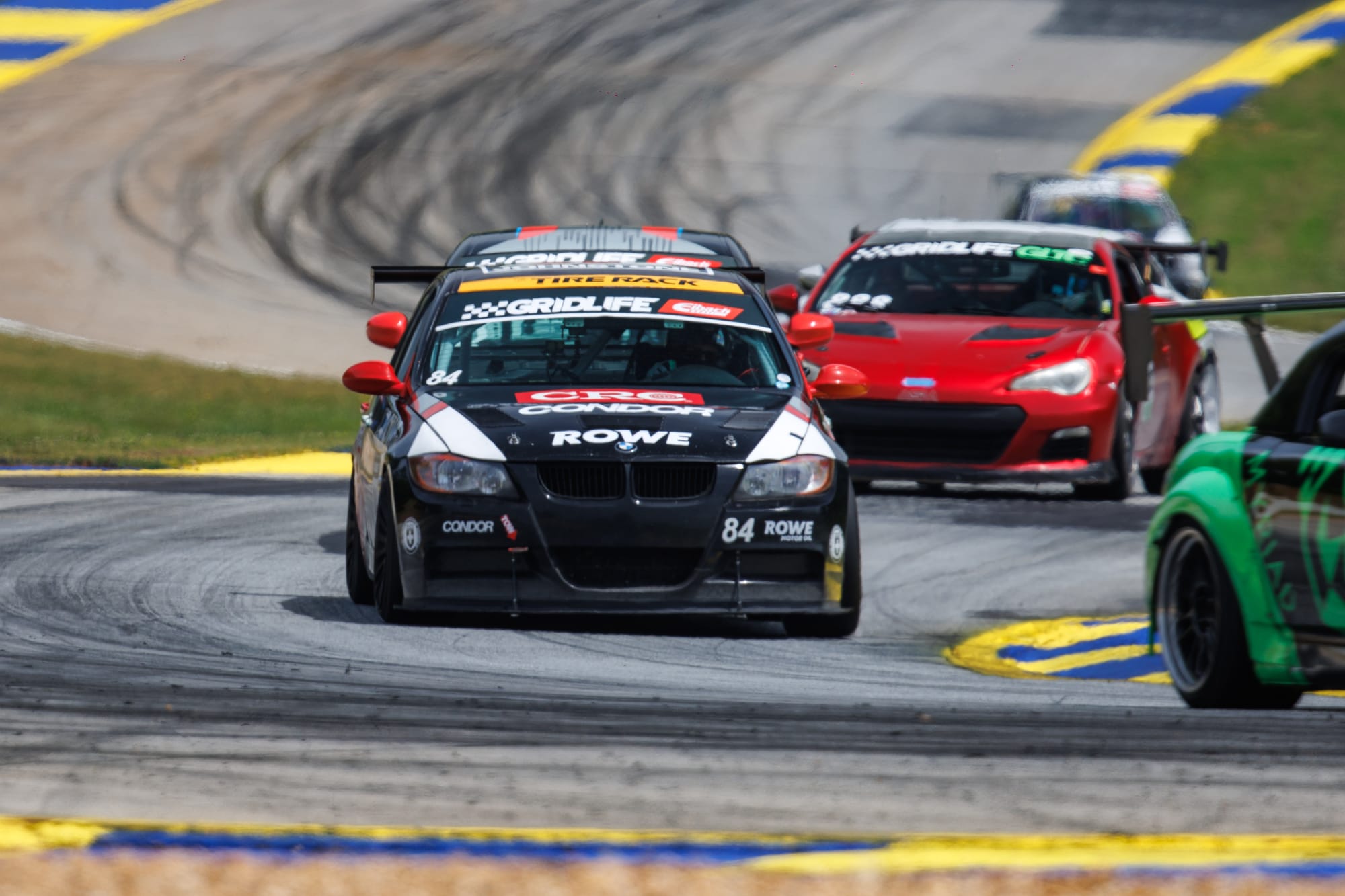
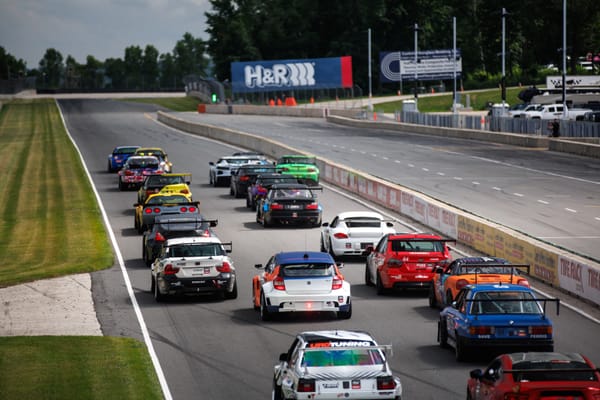
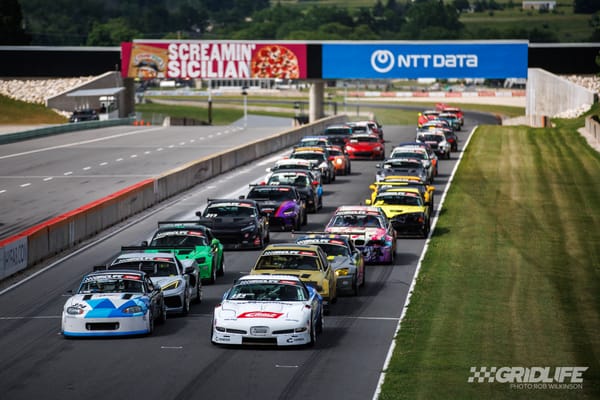
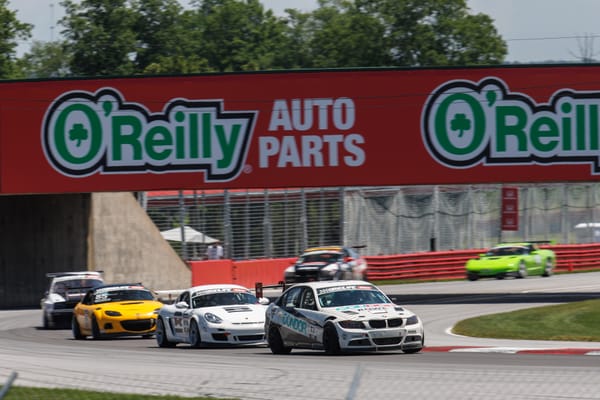


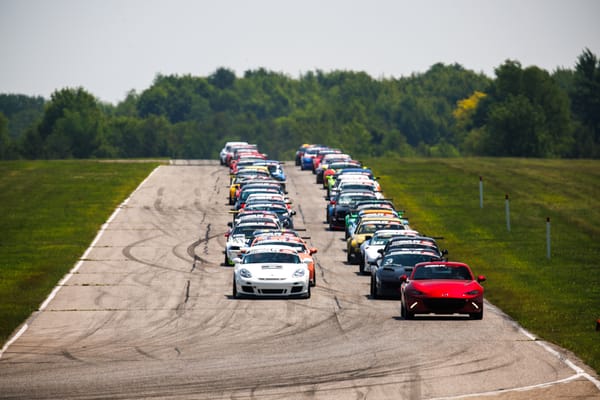
Let's drive faster together